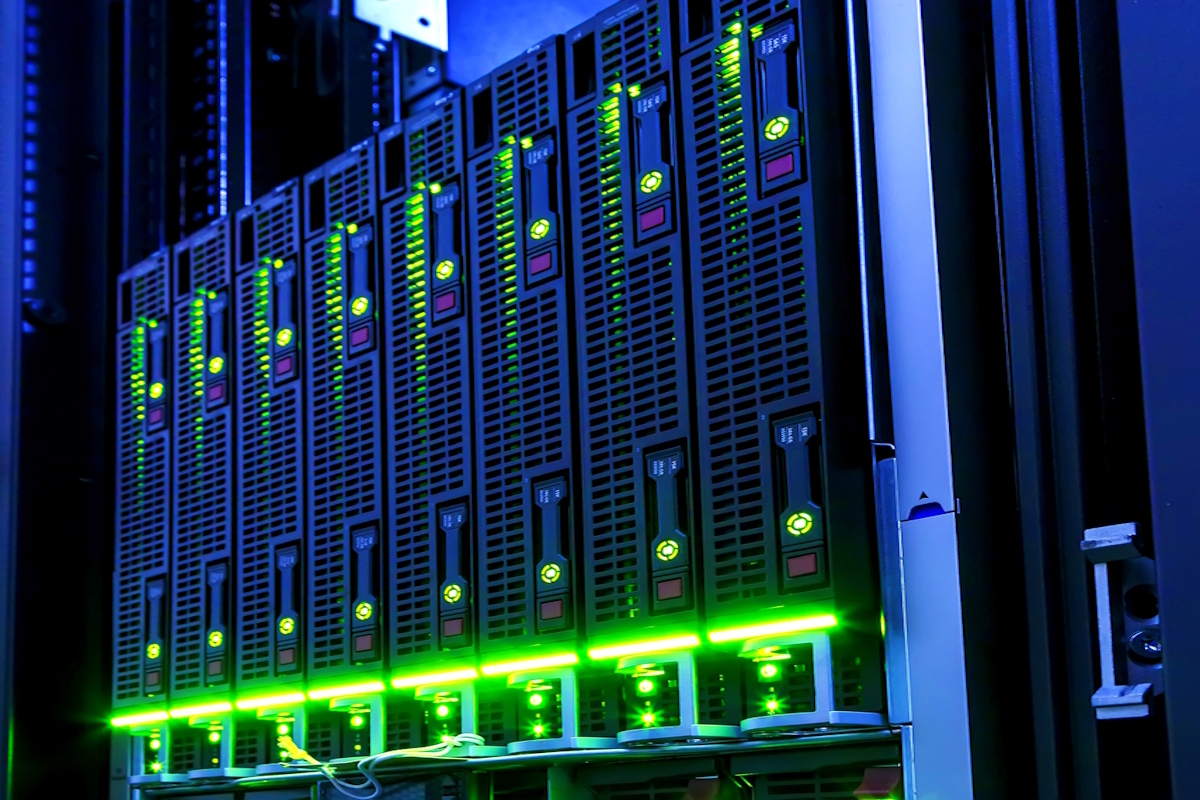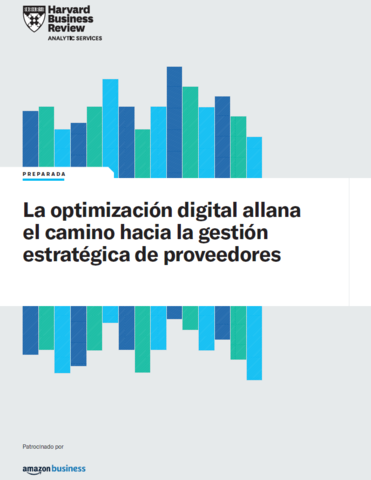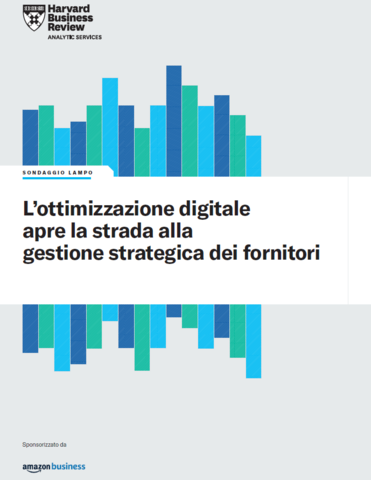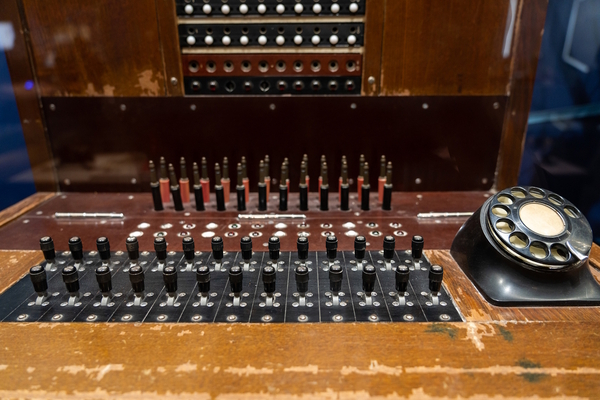Data centre management

Dave King at Cadence explains why digital twins are the future of data centre power management
Data centres, the humming heart of the digital world, face a critical challenge: ensuring constant power supply.
Downtime in a data centre isn’t just a small inconvenience, like losing power in your home for five minutes. It can limit businesses, disrupt communication, and lead to financial shockwaves. Not to mention the reputational and contractual damage to business types such as colocation providers committed to strict service level agreements (SLAs) of uptime with their customers.
Therefore, maintaining a constant, reliable power supply is paramount for the data centre industry, whether for enterprises, colocation providers, or hyper-scale; however, navigating factors such as cooling and ever-growing workloads makes this challenging. This is where digital twins, virtual replicas of the physical data centre, can present a solution.
Time to ditch the spreadsheets
The traditional method of navigating power capacity, based on historical data and spreadsheets, is like operating in the dark. Historical data often lacks critical nuance (is the power low because of over-estimating consumption or not fully utilising the application), and building spreadsheets to manage a complex system such as three-phase power delivery can be fraught with errors.
Yet, many facility managers must cobble together spreadsheets of siloed data, which is not the most effective way to optimise power usage and prevent costly outages.
For instance, using previous data will not accurately indicate how changes such as adding a new server will impact the power supply. While this might seem straightforward, the amount of power a server uses and when it will do so will vary significantly based on its use. Understanding and planning the server’s performance and interaction with the entire system under varying workloads is crucial to effective power management.
Digital twins can facilitate this by simulating changes to power systems with the data centre in different states. They remove the guesswork and show how much power would be used if equipment ran at maximum load, if breakers were at risk of overload, if more equipment was installed, or how to balance three-phase power. Operators can use digital twins to make informed decisions about changes required to power systems based on power demands.
No guesswork equates to cost savings
Beyond supporting decision-making, digital twins unlock cost savings by improving resilience. Downtime is extremely costly, and, as Uptime reports, onsite power problems are the biggest cause of significant site outages. Managers can use a digital twin to predict and prevent outages before it’s too late by simulating potential failures and proactively managing power loads.
This isn’t the only way digital twins create cost savings. Stranded capacity—the bane of data centre operators—can be controlled through technology. With a digital twin in place, facility managers can examine power and cooling utilisation, helping to optimise both.
Visualising imbalances enables managers to deploy equipment to match power and cooling needs strategically. This proactive approach prevents stranded capacity, saving both precious physical space and financial resources.
Requirements when introducing digital twins
The potential of digital twins to revolutionise power management is undeniable, but a crucial step is necessary for their successful implementation.
For this, managers and operators need a solid understanding of power connectivity. A comprehensive view of individual component capacities and how they interact within the larger chain is essential. This insight ensures accurate data interpretations and effective modelling within the digital twin, leading to reliable insights and, thus, correct decisions.
Although facilities require data about power connectivity and usage, the digital twin can support this process. This applies to spreadsheets and manual power readings taken from walking the floor to smart power strips and connectivity in data centre infrastructure management (DCIM).
So, while the more granular the data, the better, the digital twin can meet data centre managers where they are while giving them options to accept more data as processes mature.
A digital necessity
With growing data centre complexity and rising power demands, digital twins are emerging as a game-changer for power management. They unlock comprehensive insights, empower strategic decision-making, optimise power allocation, and eliminate wasteful stranded capacity. With this eagle-eye view, data centre operators can proactively manage infrastructure, anticipate potential issues, and fine-tune energy usage.
Embracing digital twins is no longer just a technological edge. It’s necessary for any data centre seeking to navigate the competitive digital landscape.
Dave King is Senior Product Marketing Manager at Cadence
Main image courtesy of iStockPhoto.com

Business Reporter Team
Most Viewed
23-29 Hendon Lane, London, N3 1RT
23-29 Hendon Lane, London, N3 1RT
020 8349 4363
© 2024, Lyonsdown Limited. Business Reporter® is a registered trademark of Lyonsdown Ltd. VAT registration number: 830519543





